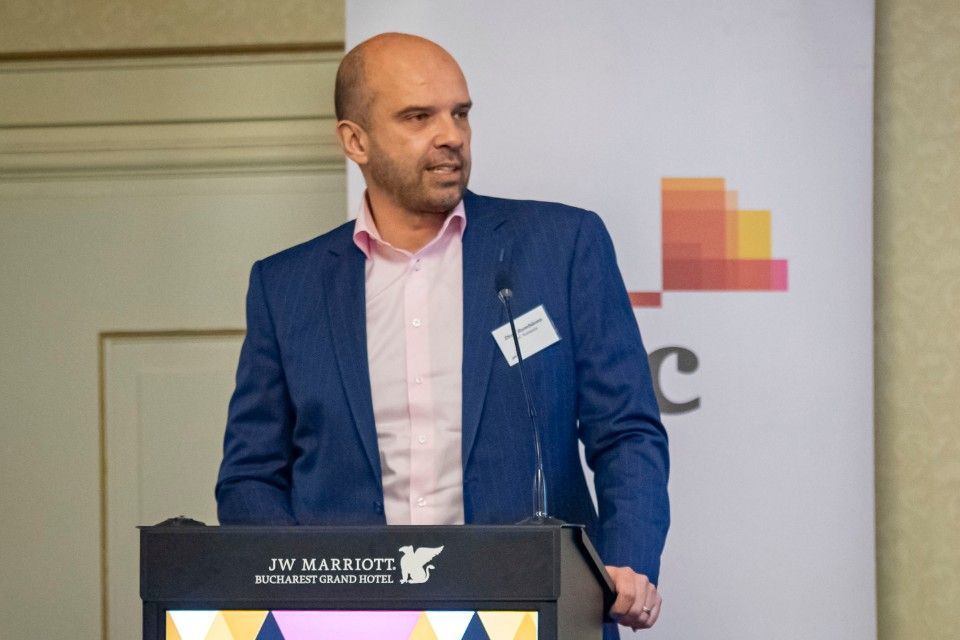PwC: Romania ranks 28th out of 34 EMEA countries in a top of attractiveness for private companies

Romania ranks 28th in a top of the 34 most attractive countries in Europe, the Middle East and Africa (EMEA) for private companies, according to PwC. The ranking is based on the scores across 37 metrics in seven different categories, namely macroeconomics, private business landscape, tax and regulatory environment, ESG, public health, education/skills/talent and technology and infrastructure.
“Country competitiveness rankings are very important for investors when choosing investment destinations, but also for government authorities if they want to develop the most appropriate policies and improve the lower scoring chapters. Last year, foreign investment inflows into Romania reached EUR 7.25 billion, the highest amount in over a decade, reflecting more confidence on the part of companies. However, when compared with Central and Eastern European countries, there is still room for improvement both in terms of the volume of investment and the sectors it goes to. The predominant focus on high value-added areas, such as knowledge-intensive services or high-tech manufacturing, means that education, digitisation, health services should be a priority in the strategy to attract investment. This would have a greater impact on Romania’s development and GDP growth resulting in a highly skilled workforce which will be able to create more expensive products and services and, therefore, will be better paid”, said Dinu Bumbăcea, Country Managing Partner PwC Romania.
Romania scores best on tax and regulatory environment, which takes into account the level of the three main taxes and ranks first among the 34 countries surveyed. The next category where Romania scores high is macroeconomics, where it ranks the 8th, while in the rest of the categories it is at the bottom of the ranking, as follows: social, governance and environmental policies (ESG) – the 24th place, private business landscape – the 26th place, technology and infrastructure – the 30th place, education, skills and talent – the 32nd place and public health – the 34th, the last place.
These positions place Romania in the third category of the Heatmap, of developing countries, ahead of Poland, but after Lithuania, Portugal, Italy, Czech Republic, Slovenia, Russia, Hungary, Slovakia, Bulgaria and Latvia.
Romania’s strengths as a business destination, according to the analysis, include:
- It has one of the fastest growing economies: given the advance in 2021, GDP growth is expected to accelerate, an indicator that places it among the five fastest growing economies.
- Romania’s CO2 emissions per capita are among the five lowest of 34 countries.
- The fact that 68.3% of Romania’s population is of working age, the second highest among the countries surveyed.
The challenges that private companies face in the Romanian market are:
- Record inflation rate, which places Romania among the countries with the highest inflation rates among the 34 countries analysed.
- It has one of the lowest gross national income per capita rates on Heatmap, at USD 12,620.
- It has the lowest spending on public health and has among the worst health outcomes compared to other countries in the analysis.
- The gender gap in Romania is one of the highest of all the countries analysed.
- Romania spends 3.1% of GDP on education, with one of the lowest spending on education of all the countries analysed and one of the lowest levels of tertiary education.
- Internet usage and broadband access scores are low for Romania compared to most other countries.
In the first category of leading countries in terms of attractiveness are Switzerland, Norway, the UK, Germany and Sweden, and in the second category of advanced countries are France, Denmark, Finland, Spain, Luxembourg, the Netherlands, Estonia, Ireland, Austria, Malta and Belgium.
The last category, emerging countries, includes Croatia, Kenya, South Africa, Greece and Nigeria.













